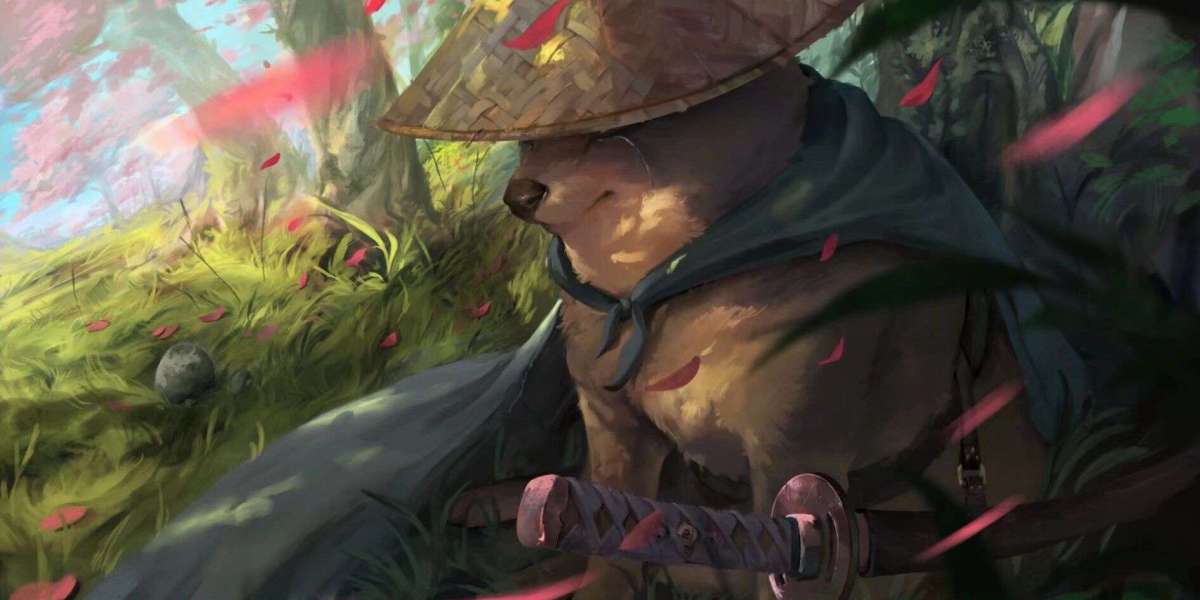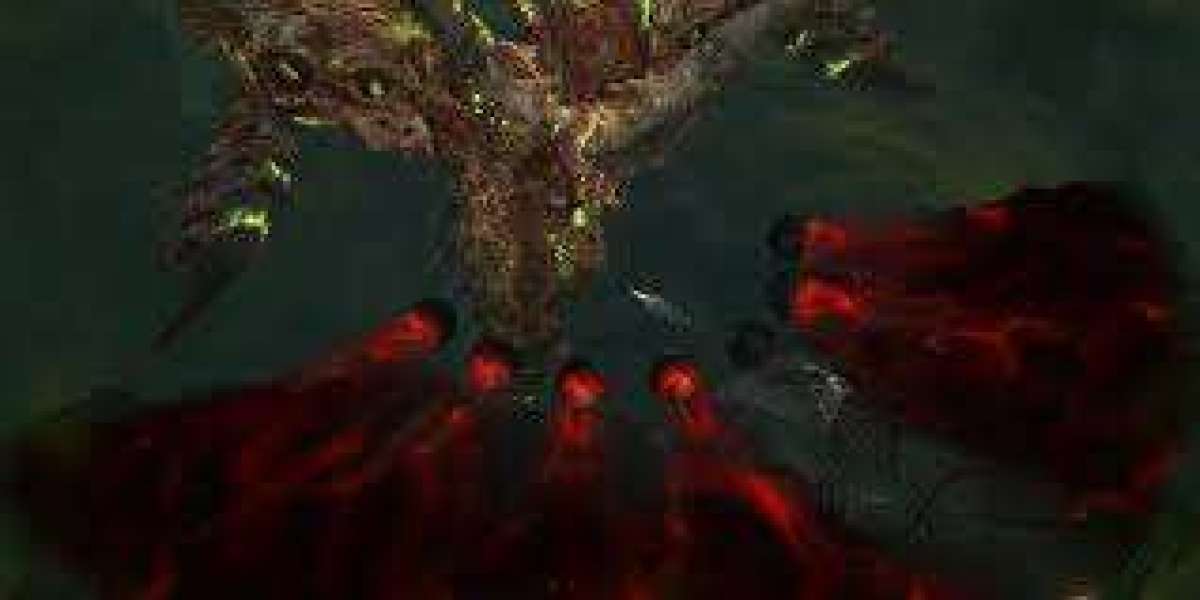1. Introduction
We are standing at the intersection of the past and future in the enormous fabric of time. By looking back at the past, we can extract important lessons that can help us make predictions about the future. Knowing our history provides us with a direction for the future. We can find patterns, wisdom, and information by sifting through the layers of the past that will help us navigate the uncharted territory of the future.
Learning from history involves more than just learning dates and events by heart. It also entails identifying recurrent themes, comprehending how people behave in various situations, and realizing the effects of particular decisions. History is a mirror that reflects our successes and shortcomings and illustrates the results of choices made under comparable conditions. It gives us a bank of experiences from which to draw when overcoming obstacles in the present and imagining potential outcomes in the future. We can sort through the grains of knowledge that may shed light on the way forward by using this lens to sort through the sands of time.
2. Remembering the Past
We can gain important insights into the actions and choices that have led us to where we are now by taking a look back at history. Every historical period, from prehistoric times to contemporary revolutions, has influenced society. By examining significant events like wars, social movements, and technological breakthroughs, we can get insight into the intricacies involved in human development. We can gain more insight into the dynamics of our own world by examining how previous societies responded to opportunities and difficulties.
Historical lessons serve as a reminder of the value of taking lessons from the achievements and mistakes of those who came before us. They provide a road map for making wise decisions locally, nationally, and even personally. Whether studying political, economic, or cultural upheavals, knowing the past gives us the tools we need to make better decisions in the present. We are able to predict possible effects of our current activities and make better decisions in the future by considering past patterns and their results.
Our way forward is guided by the experiences of those who came before us, acting as a compass. We are able to acquire perspective on perennial issues such as societal change, innovation, and resilience by exploring historical narratives that are replete with both successes and failures. By identifying these trends, we are able to identify fundamental ideas that are timeless. In a world that is changing quickly and full of new difficulties all the time, consulting the past can provide consistency and wisdom when traversing uncharted territory.
Recognizing the ways in which significant historical events have shaped history helps us to recognize the interdependence of human pursuits across time. Whether via scientific discoveries, intellectual discoveries, or creative accomplishments, we respect the legacy left by our forebears and acknowledge their influence on the state of affairs now. History not only tells the tales of the past, but it also influences how we see the world we live in today and the possibilities that lie ahead.
3. Predicting the Future
Future prediction is sometimes a fascinating effort that may be lucrative and demanding at the same time. Investigating trends and new patterns that may influence our future is essential to foreseeing what is to come. Through a thorough analysis of the state of play in a number of domains, including politics, economics, technology, and society, we can gather important insights on potential future developments.
Trend analysis represents one method of future prediction. We can predict future developments with confidence by tracking trends and changes over time. There are hints about the direction our society is taking to follow in trends like the development of artificial intelligence, the move to renewable energy sources, and the growing globalization of markets.
Scenario planning is another technique for producing precise forecasts. This tactic entails creating several scenarios based on various hypotheses in order to comprehend potential results. We may better prepare for a variety of scenarios and make more informed judgments if we thoroughly consider various options and their implications.
More accurate predicting of future patterns can also be achieved using predictive modeling, which makes use of cutting-edge technology like machine learning and data analytics. We may use technology to more effectively predict possible outcomes by putting past data into algorithms that can identify trends and generate predictions based on those patterns.
Predicting the future is highly helpful in a world where uncertainty is a constant and things change constantly. Through the integration of analytical instruments, critical thinking, and a comprehensive comprehension of contemporary trends, we can enhance our ability to effectively confront and seize forthcoming obstacles and prospects. The secret to getting ready for whatever the future may bring is to actively engage with emerging patterns while keeping an eye on the past.
Forecasting our future requires investigating new trends that have the potential to have a big impact on our lives in a number of ways. Whether it's changes in consumer behavior impacting global markets or technological breakthroughs changing the way we work and communicate, it's critical to maintain a close watch on these dynamic trends in order to make informed forecasts about our shared future.
In addition to trend analysis, it is critical to take into account several approaches or tactics for future prediction. Predictive analytics tools, for example, use enormous volumes of data to precisely foresee possible outcomes, yielding insightful information. Businesses that use statistical models well and comprehend them can be better equipped to anticipate and adjust to changes in their industrial landscapes in the future.
Scenario planning is still a reliable method for forecasting the future since it allows one to imagine several possible outcomes depending on various factors and conditions. People and organizations can more effectively foresee future possibilities and problems by developing comprehensive narratives around these events.
To successfully navigate an increasingly unpredictable world, these strategies must be combined with creativity, foresight, and a willingness to adapt. Accepting uncertainty and actively looking for patterns in developing trends will enable us to make informed decisions now that will lead to a more promising and opportunity-filled tomorrow.
4. Connecting Past and Future
Our experience of time is shaped by interconnected processes, not by single occurrences like thinking back on the past or making predictions about the future. We can better comprehend how past activities have shaped current situations and can learn important lessons for influencing future outcomes by looking at historical insights. History is a teacher; it imparts knowledge through the accounts of its achievements, setbacks, and important historical events.
Making wise decisions in the present requires an understanding of the relationship between past decisions and future outcomes. Every decision we make now could have an impact on the future of our group by affecting how things turn out tomorrow. Understanding this cause-and-effect relationship helps us to better handle opportunities and challenges while being aware of the potential long-term effects of our decisions.
We start to notice patterns from history that recur in the future as we come to terms with time's cyclical nature. By taking lessons from our past successes as well as failures, we provide ourselves important insight into what might happen in the future and modify our plans accordingly. When we identify these trends, we may use the benefit of hindsight to map out a more sensible course going forward as we continue to weave our unique tale into the vast fabric of time.
In essence, weaving together the strands of history and possibility through the process of connecting past and future is not only a contemplative or speculative exercise, but rather a dynamic one. We pay tribute to the people who came before us and leave a legacy for future generations by respecting our heritage while embracing new opportunities. To truly navigate the currents of time with elegance and purpose, we must strike a careful balance between reverence for the past and hope for the future.
5. Conclusion
We can infer from the foregoing that looking back and looking forward are powerful instruments for development. We can learn important lessons from the past that influence our judgments now. Combining past knowledge with present patterns allows for more insightful future predictions. Accepting this dual viewpoint gives us the ability to negotiate uncertainty more wisely.
I implore you, my dear readers, to welcome history's richness and allow it to inform your future pursuits. We may best prepare ourselves for what is ahead by combining our prior experiences with our forward-thinking ideas. Armed with wisdom and vision, let's bravely walk towards what lies ahead while keeping in mind where we've been.














